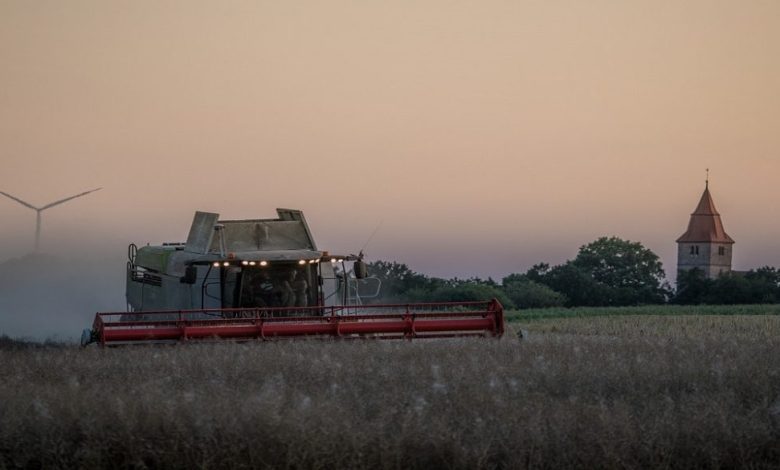U.S. Launches $16 Billion Relief Package for Farmers Hit by Climate Disasters
New USDA program expands compensation for uncovered losses as extreme weather devastates American agriculture.

The Department of Agriculture confirmed that farmers affected by natural disasters—such as fires, floods, and storms—will benefit from a new $16 billion funding package, marking one of the largest federal agricultural relief programs of the past decade, according to Newsweek.
This move comes as the U.S. agricultural sector faces unprecedented challenges due to severe climate fluctuations that have impacted vast areas of farmland, causing massive losses for farmers and producers across multiple states.
Climate Strain on U.S. Farms
For years, American agriculture has been under intense pressure from climate change, with several states experiencing historic droughts and wildfires, while others have been hit by devastating floods and hurricanes. These events have disrupted production, reduced revenues, and increased financial burdens on farmers.
These conditions have directly affected America’s food supply chains, which rely heavily on the stability of grain, livestock, and dairy production. As a result, the U.S. government has intensified its interventions in the agricultural sector to safeguard national food security.
The department announced that the second phase of the Supplemental Disaster Relief Program (SDRP) will open for applications from November 24, 2025, to April 30, 2026. This phase focuses on compensating so-called “shallow losses,” which are damages not covered by traditional crop insurance or the uninsured crop loss program. This represents a major shift in how the government handles agricultural losses, after years of pressure from farmers to expand compensation to include typically uncovered damages.
The first phase of the program, launched in July 2025, has already provided more than $5.7 billion to farmers, particularly corn and soybean producers, with applications open until the end of April 2026. Parallel programs have also been introduced, including the Dairy Loss Program, which allocates up to $1.65 million to compensate farmers forced to dispose of milk because of disasters, and the On-Farm Stored Commodity Loss Program, which provides up to $5 million for stored agricultural products damaged on farms.
Agriculture Secretary Brooke Rollins stated that the Trump administration is committed to fulfilling its promise to American farmers, emphasizing that supporting agriculture is a national priority due to its direct link to food security. She noted that most payments from the first phase have already reached farmers, helping them prepare for the upcoming planting season.
Meanwhile, Texas Agriculture Commissioner Sid Miller described the scale of destruction in his state, saying some farming equipment was completely swept away by floods and that the damage extended to livestock losses.
The Department of Agriculture expects the new assistance mechanisms to accelerate compensation—especially for those affected in 2023 and 2024—helping farmers plan more effectively for the 2026 season. Estimates also indicate that the requirement to link program assistance with the purchase of crop insurance or participation in the NAP program at a minimum coverage level of 60% over the next two years will reshape how agricultural risk is managed in the United States and encourage producers to strengthen their preparedness for future disasters.



